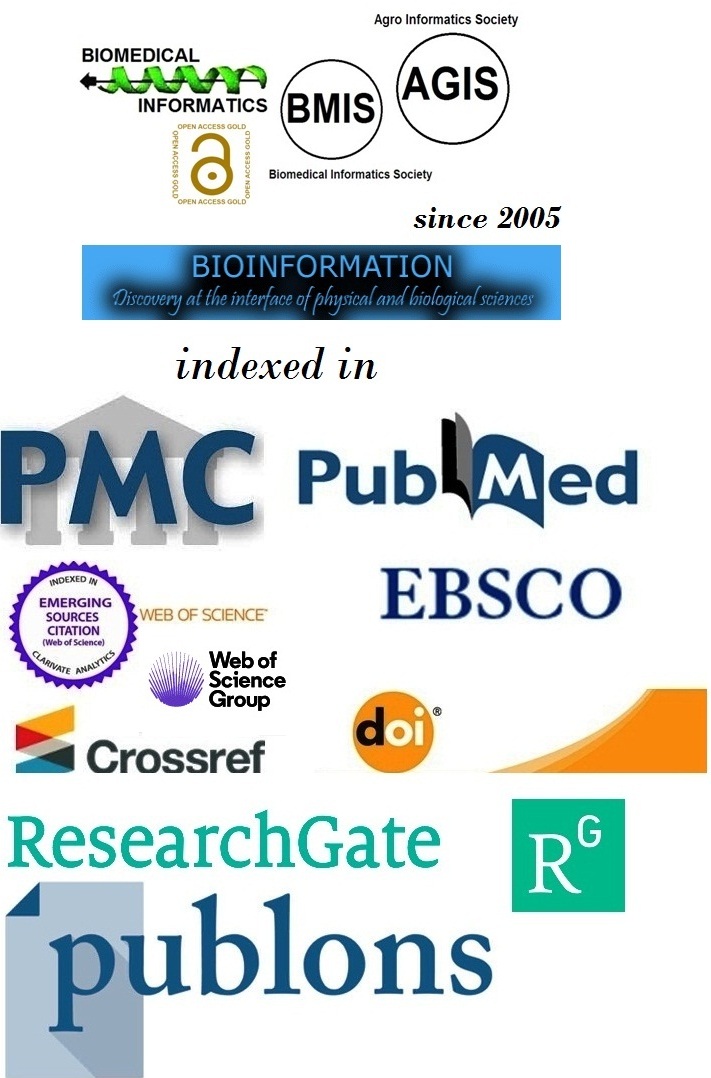Title
Evaluating mechanical and optical patterns of translucent zirconia ceramics
Authors
Neeraj Kumar Gupta1, Sonal Tripathi2, Swati Tripathi3, Pramod Kumar Singhraul4, Manan Shah5, Ananya Bhargava6* & Miral Mehta7
Affiliation
1Department of Dentistry, Shri Rawatpura sarkar institute of Medical sciences and research, Raipur, Chhattisgarh, India; 2Department of Prosthodontics, Rishiraj College of Dental Sciences and Research Centre, Bhopal, Madhya Pradesh, India; 3Department of Orthodontics and Orthopaedics, Rishiraj College of Dental Sciences and Research Centre, Bhopal Madhya Pradesh, India; 4Department of Prosthodontics, New Horizon Dental College and Research Institute, Bilaspur, Chhattisgarh, India; 5Department of Prosthodontics, Crown and Bridge, Faculty of Dental Science, Dharmsinh Desai University, Nadiad, Gujarat, India; 6Department of Dentistry, Ruxmaniben Deepchand Gardi Medical College, Ujjain, Madhya Pradesh, India; 7Department of Pediatric and Preventive Dentistry, Karnavati School of Dentistry, Karnavati University, Gandhinagar, Gujarat, India; *Corresponding author
Neeraj Kumar Gupta - E-mail:
neerajc2@gmail.com
Sonal Tripathi - E-mail: drsonaltripathi01@gmail.com
Swati Tripathi - E-mail: Drswatitripathi18@gmail.com
Pramod Kumar Singhraul - E-mail: pramodsinghraul786@gmail.com
Manan Shah - E-mail: mananshah.fods@ddu.ac.in
Ananya Bhargava - E-mail: drananyaortho@gmail.com
Miral Mehta - E-mail: miral9829@gmail.com
Article Type
Research Article
Date
Received August 1, 2025; Revised August 31, 2025; Accepted August 31, 2025, Published August 31, 2025
Abstract
Translucent zirconia ceramics are increasingly used in dentistry, but improvements in translucency often compromise strength and alter microstructure. This in vitro study compared mechanical and optical properties of 3Y-TZP and 5Y-PSZ zirconia. Forty disc specimens were tested for biaxial flexural strength, surface roughness, translucency parameter (TP), contrast ratio (CR) and microstructure under SEM. Results showed 3Y-TZP had significantly higher flexural strength, whereas 5Y-PSZ exhibited superior translucency, with comparable surface roughness between groups. Thus, we show that 3Y-TZP is better suited for load-bearing regions, while 5Y-PSZ is preferable for anterior esthetic restorations, highlighting the need to balance strength and translucency in material selection.
Keywords
Translucent zirconia, flexural strength, translucency parameter, contrast ratio, cubic zirconia, 3Y-TZP, 5Y-PSZ.
Citation
Gupta et al. Bioinformation 21(8): 2811-2814 (2025)
Edited by
Hiroj Bagde
ISSN
0973-2063
Publisher
License
This is an Open Access article which permits unrestricted use, distribution, and reproduction in any medium, provided the original work is properly credited. This is distributed under the terms of the Creative Commons Attribution License.
